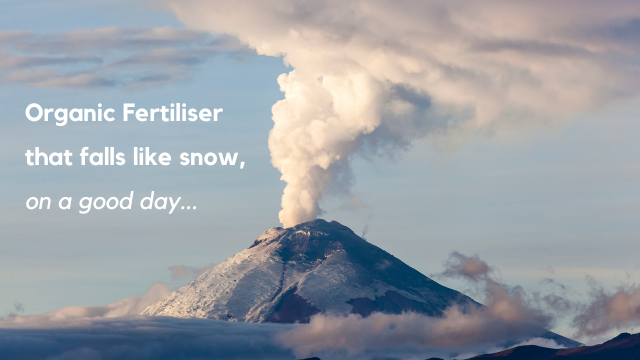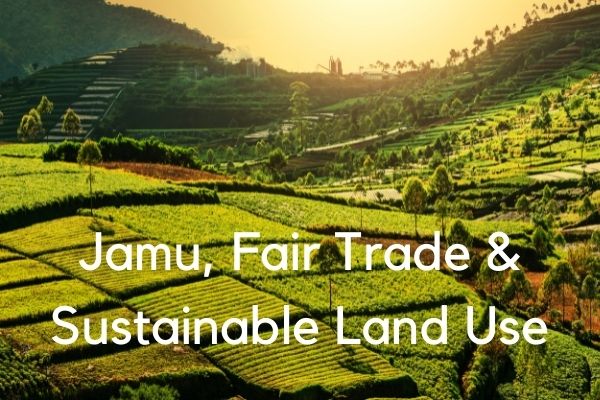Volcanic Organic Fertiliser
Volcanic soil is so fertile because it’s rich in key nutrients, such as potassium, iron, silicon, calcium, sodium, magnesium, phosphorous & sulfur. These organic nutrients create rich soil that promotes vigorous plant growth & re-growth.
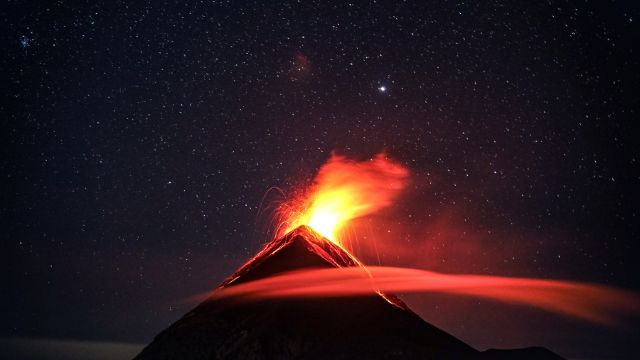
It started with a bang, a big bang…
Over 69,000 years ago, it’s believed the Toba super-volcano erupted causing a global volcanic winter that lasted for 6 to 10 years. This resulted in a 1,000 year cooling episode – triggering a population bottleneck in human evolution. The Toba super-volcano eruption was easily 12 times larger than the biggest eruption in recent history (Mt Tambora, Dutch East Indies Indonesia, in 1815), which caused a year without summer in the Nth Hemisphere.

The Toba Eruption
Was so big it created the largest volcanic lake in the world (100km long, 30km wide & 505m deep) Lake Toba. It’s eruption created a giant plume of ash and smoke that stretched from the South China Sea to the Arabic Sea, depositing a layer of ash approximately 15 – 30cm over much of Sumatra, creating its ancient volcanic soil.

Mt Sinabung
Mt Sinabung, a stratovolcano has a highest point of 2,460m (it’s about 45km away from lake Toba & 25km from our Empathy farm & factory). In 2010, Sinabung roared back to life spewed ash 3km into the atmosphere after 400 years on inactivity. This initial explosion wasn’t dangerous because the gas erupted into the sky, unlike pyroclastic eruptions where hot (+700 °C), fast (+300km/hr) moving gas & volcanic matter flows down the mountain.
Over the past 12 years Mt Sinabung has charged shape, due to 100’s of eruptions. The vegetation & villages on the East side have been covered by pyroclastic flow, while the West has remained relatively safe and unchanged. The predominant wind is East, which is fortunate for our farm. Because when Sinabung erupts vertically (which are thankfully the most common) organic fertilizer falls from the sky literally like snow. If this activity is followed by adequate rain, then you can almost see the leaves turn a shade greener within 4 -5 weeks.

Mt Sibayak
Mt Sibayak, a stratovolcano has a highest point of 2,181m and is clearly visible from our Empathy farm & factory, being only 4km away! Thankfully, its last eruption was about 100 year ago, so there are only benefits living so close to an active volcano. Its geothermal activity remains high through vents producing yellow crystalline sulfur. There is a walking track to the summit & hot pool at the base, both popular with domestic & international tourists.
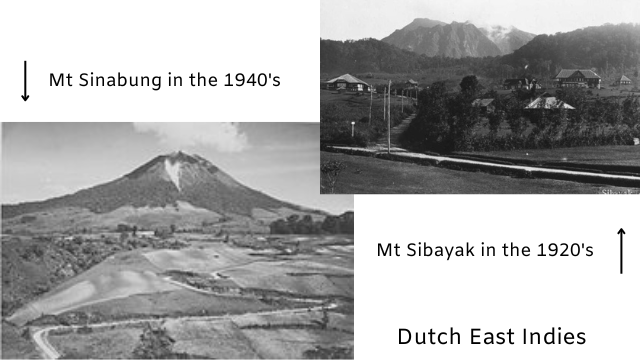
What are Stratovolcanoes
Stratovolcanoes are the most common type of volcano. They have a large cone-shape, which is built up by many layers of strata (hardened lava) that has accumulated over many millennia. During periods of dormancy the strada acts as a volcanic organic fertiliser, for all various types of flora.
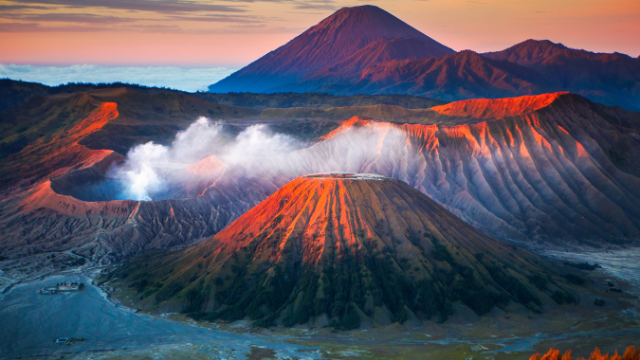
Did you know: Indonesia has 76 volcanoes, the most of any country in the world & they are all connected! As some become more active others will become less active.
